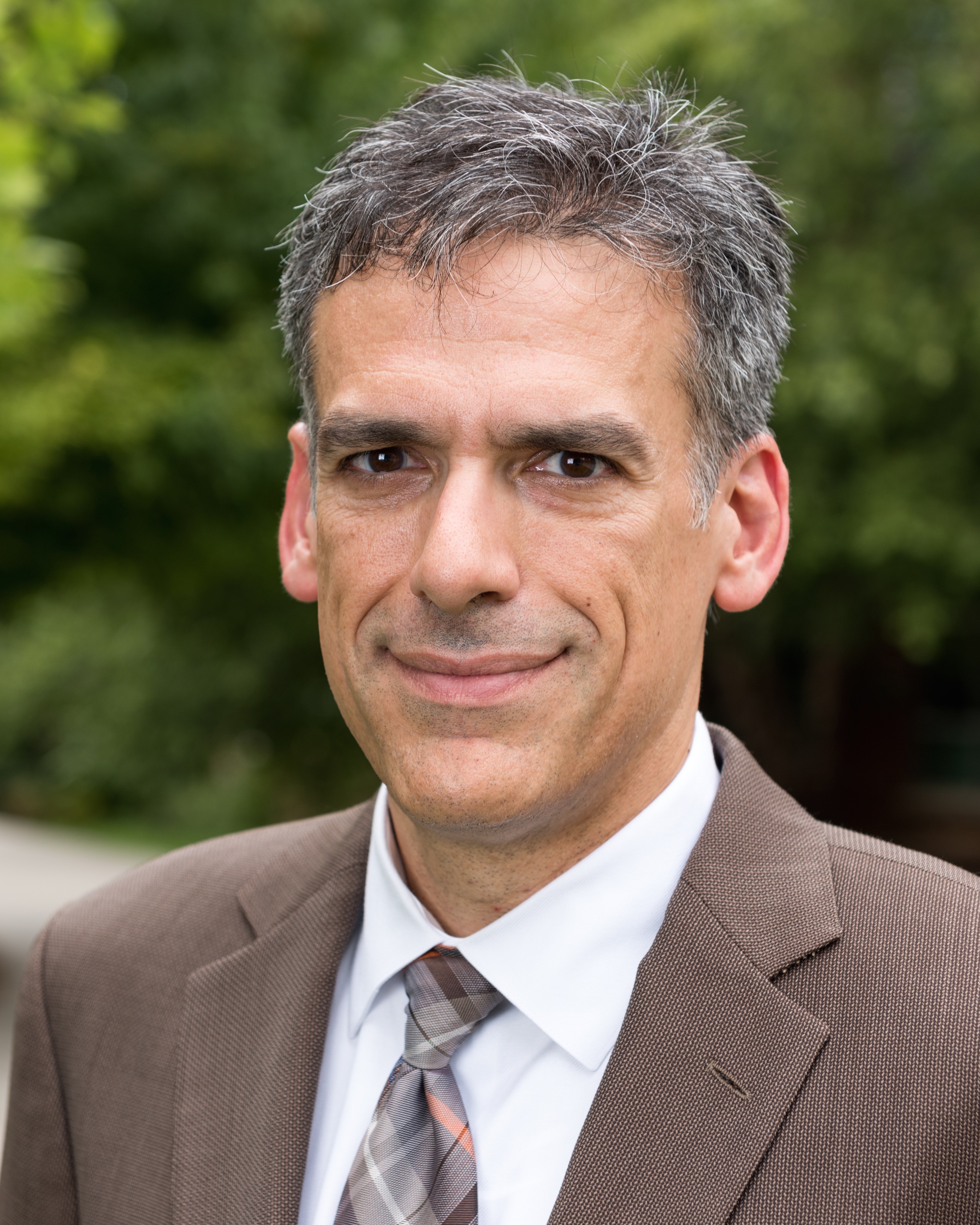
23 Jun TSRC: Upcoming Town Talk, “Microscopic Matters,” 6/27/2017
Over 1,400 scientists from all over the world come to Telluride each year to share ideas and build research partnerships at the Telluride Science Research Center (TSRC). TSRC’s annual Town Talks, featuring a cross-section of those outstanding scientists, is series of weekly lectures open to the general public. To learn more about TSRC, go here. And go here for the Town Talk calendar. The series take place at the Telluride Conference Center in Mountain Village.
In this week’s TSRC Town Talk, “Benign by Design: From the Nanoscale to the Human Scale,” Professor Rigoberto Hernandez of Johns Hopkins – a featured speaker at past Town Talks – explains his current work, made more fun and comprehensible through entertaining analogies and metaphors.

Professor Rigoberto Hernandez of Johns Hopkins gives TSRC Town Talk
It’s easy to look at a tree, or a piece of glass, or chunk of metal, and discount what they are made of: countless little atoms and molecules. To us, a tree is a tree…We forget that, in reality, the particles that make up those things all act in unique, complex, and sometimes strange ways. What’s more, we rarely appreciate the power of one single particle, despite the fact that if that one molecule is starts acting up, the behavior of the whole substance – tree, glass, metal – can change.
The microscopic scale of the particles that make up, well, just about everything, can make studying all their properties a daunting task. And what is even harder is predicting how new particles might affect those already in the mix – or understanding how what’s happening on the microscopic scale can affect us on a human scale.
Professor Rigoberto Hernandez is busily attacking many of those seeming imponderables head-on.
With his team, Professor Hernandez, the Gompf Family Professor of Chemistry at Johns Hopkins University, is currently working to understand not only the structure, function, and behavior of vast numbers of the tiny particles, but also how their unique properties, even at a microscopic level, impact humans.
One notable application of Professor Hernandez’s work is in the characterization of coated gold nanoparticles, used in everything from reducing the odors of workout gear to helping lower greenhouse gases. Understanding how they behave on their own and how they interact with biological materials is critical to the future development of nanoparticles that are “benign by design.”
Another important component of Professor Hernandez’s research is sustainability.
In addition to understanding how a new nanoparticle might work, Professor Hernandez and his team also want to “develop design principles for developing nanoparticles that will have a minimal impact on the environment,” Professor Hernandez explains.
It’s also extremely important to understand how a new nanoparticle might affect the flora and fauna within a given ecosystem should the particle ever be released into nature. By studying how particles interact with biological systems on a tiny scale, Professor Hernandez and his team can begin to understand how they might impact micro- and other organisms.
A cash bar at the Telluride Conference Center opens at 5:30 p.m.
Again, admission is free to all.


Sorry, the comment form is closed at this time.